Scale Economies, Product Differentiation, and the Pattern of Trade (1980)
A copy of the paper can be found here. Length: 9 pages
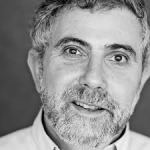 For some time now there has been considerable skepticism about the ability of comparative cost theory to explain the actual pattern of international trade. Neither the extensive trade among the industrial countries, nor the prevalence in this trade of two-way exchanges of differentiated products, make much sense in terms of standard theory… a new framework for analyzing trade is needed (950)
For some time now there has been considerable skepticism about the ability of comparative cost theory to explain the actual pattern of international trade. Neither the extensive trade among the industrial countries, nor the prevalence in this trade of two-way exchanges of differentiated products, make much sense in terms of standard theory… a new framework for analyzing trade is needed (950)
Summary & Relevance:
Forget everything you know about comparative advantage and trade for a second. There’s a new way of thinking about international trade.
In this paper, Paul Krugman presents a new framework for considering some of the discrepancies between traditional trade theory and actual patterns in international trade. He creates a very basic model and with it hypothesizes why certain countries with similar factor endowments will still be compelled to trade with each other and why a strong domestic market for a good tends to make a country a net exporter of that good.
In section I of the paper, Krugman presents his model. Krugman uses terms like alpha, beta, and tilda to describe his model, but to keep things simple, I’m going to describe his models in terms of coffee and tea. The first thing to note about Krugman’s setup is the fact that he is using a Chamberlinian monopolistic competition framework. Edward Hasting Chamberlin (1899-1967) was an American Economist at Harvard who in 1933 laid out the theory of monopolistic competition in a book called The Theory of Monopolistic Competition. The Chamberlin setup used in Krugman’s paper is important because it describes markets for goods as consisting of a number of ‘differentiated’ products. Each producer has a monopoly on the good that they produce, but since each good is a close substitute for all other goods in the industry, each producer is a price taker.
Now, imagine you live in a country, town, or small village where the only industry is coffee. Every coffee producer produces their own unique type of coffee – some dark, some light, some smokier, varieties using exotic beans etc. There are a large number of coffee producers and hence a large variety of coffees in your country. Assume further (though these assumptions are quite strong) that labor is the only factor in the production of coffee, the cost function for all types of coffee are the same, there’s just enough coffee to meet consumer demand, there’s no unemployment, and each coffee producing firm tries to maximize profits (but since there is free entry and exit into the coffee industry equilibrium profits will be zero). These are the basic assumptions of Krugman’s model.
The next step is to consider consumer and producer behavior and the equilibrium number of firms in this coffee producing country. If we assume that the country is a closed economy and that consumers in the country derive all of their utility from consumption of the various types of coffee produced, we can find first order conditions and an aggregate demand equation (which Krugman does). From there, Krugman comes up with an equation for equilibrium output.
Now assume there is a second country. This country is identical to the first country and even has the same factor endowments. We’ll start out by assuming that these two coffee producing countries can trade with each other at no cost. In this set up, there seem to be no motivating factors for the two country to trade with each other… they’re identical; neither country has a comparative advantage over the other. Still, Krugman points out that there will still be incentives and benefits to the two countries from trade. This is because each coffee producer is assumed to have increasing returns to scale in their production and also because we assumed that each producer of coffee has a complete monopoly on their specific variety of coffee. The fact that each variety of coffee is only made by one producer implies that each variety of coffee is only produced in one country. The two countries will benefit from trade because consumers in each country will have a greater variety of coffees to consume as a result of trade.
In section II, Krugman considers what will happen to his model if he assumes that trade is costly. He describes this cost in a very particular way. If countries send their product abroad, some portion, g, of their product will get damaged or lost along the way; therefore, a company will only be able to sell 1-g percent of the product they export. Krugman finds that the only way this assumption affects the outcome of the model is that wages in the larger country will end up being higher than wages in the smaller country. Krugman provides some basic intuition for this result. Given that the countries are identical and given that there is a cost associated with trade, it will always make sense for producers to produce in the country with a larger base of consumers. The higher wage in the large country offsets this imbalance.
In section III, things start to get interesting. Now, Krugman considers what he calls ‘home market effects.’ Let’s get back to coffee and our initial single country, closed economy model. Let’s assume that this country now has two industries instead of one. The country produces coffee and tea and within each of these industries there are a large varieties of coffees and teas being produced. The consumers in the country are now also split in two. There are consumers in the market who derive all of their utility from drinking coffee and the rest of the country derives all of their utility from consuming tea. Equilibrium analysis of this scenario shows that demand in each industry will depend on the portion of coffee (or tea) drinkers in the country.
If we introduce trade into the coffee & tea (2-industry) version of the model, we find that the country with the bigger portion of coffee drinkers will be a net-exporter for coffee (and likewise for tea). In laying out this version of the model, Krugman assumes, once again, that the two trading partners are identical. The only thing that differs between the two countries is their portion of coffee and tea drinkers. The second country has the same portion of coffee drinkers as there are tea drinkers in the first country. So long as there isn’t a 50/50 split in each country between coffee drinkers and tea drinkers, Krugman’s result holds. The result is also affected by transportation costs. Although, the country with a larger domestic market for coffee will end up being a net-exporter of coffee, higher transportation costs will lower the degree of specialization towards a given industry in either country.
And that’s pretty much it. That’s Krugman’s paper – a basic and somewhat intuitive explanation for why similar countries might benefit from trading with one another, along with an explanation, for why a country with a relatively large domestic market for a given good might end up being a net-exporter of that good. Krugman admits that he is making some strong, stylistic assumptions in his models, but assures us that the model and its results can be generalized to a useful degree (for example, he argues, that even if the two countries aren’t assumed to be so similar the basic results of the model don’t change). It is precisely the combination of simplicity and ingenuity in this paper that has made it so popular and influential.
Paul Krugman (1953 – ) is an American economist who until recently taught at the School of Public and International Affairs at Princeton University. He has just recently joined the faculty at the City University’s Graduate Center in New York. Krugman is also a well-known public intellectual and writes a popular op-ed column for The New York Times. Krugman won the Nobel Prize in 2008.
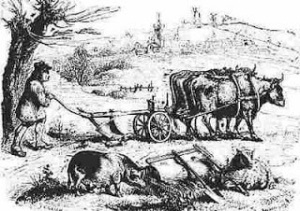

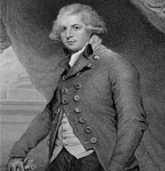

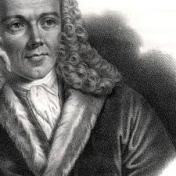
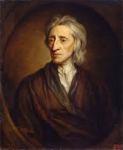


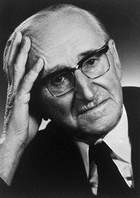
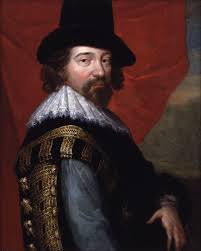

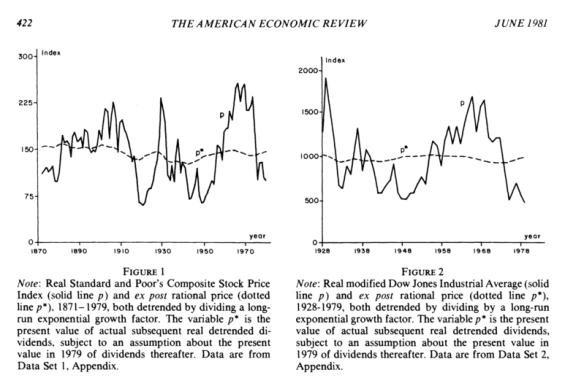

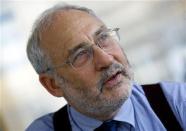
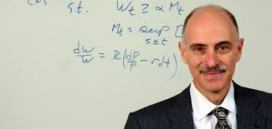
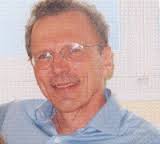
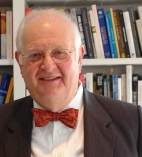 ly thought desirable in conventional demand analysis, and to do so in a way not matched by any single competing system (322)
ly thought desirable in conventional demand analysis, and to do so in a way not matched by any single competing system (322)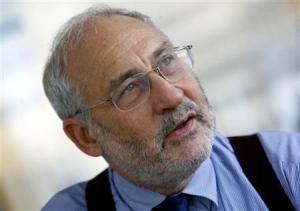
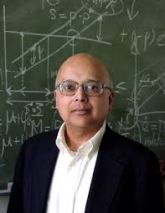
 In many market-oriented economies, government restrictions upon economic activity are pervasive facts of life. These restrictions give rise to rents of a variety of forms, and people often compete for the rents. Sometimes, such competition is perfectly legal. In other instances, rent seeking takes other forms, such as bribery, corruption, smuggling, and black markets. It is the purpose of this paper to show some of the ways in which rent seeking is competitive, and to develop a simple model of competitive rent seeking for the important case when rents originate from quantitative restrictions upon international trade (292)
In many market-oriented economies, government restrictions upon economic activity are pervasive facts of life. These restrictions give rise to rents of a variety of forms, and people often compete for the rents. Sometimes, such competition is perfectly legal. In other instances, rent seeking takes other forms, such as bribery, corruption, smuggling, and black markets. It is the purpose of this paper to show some of the ways in which rent seeking is competitive, and to develop a simple model of competitive rent seeking for the important case when rents originate from quantitative restrictions upon international trade (292)